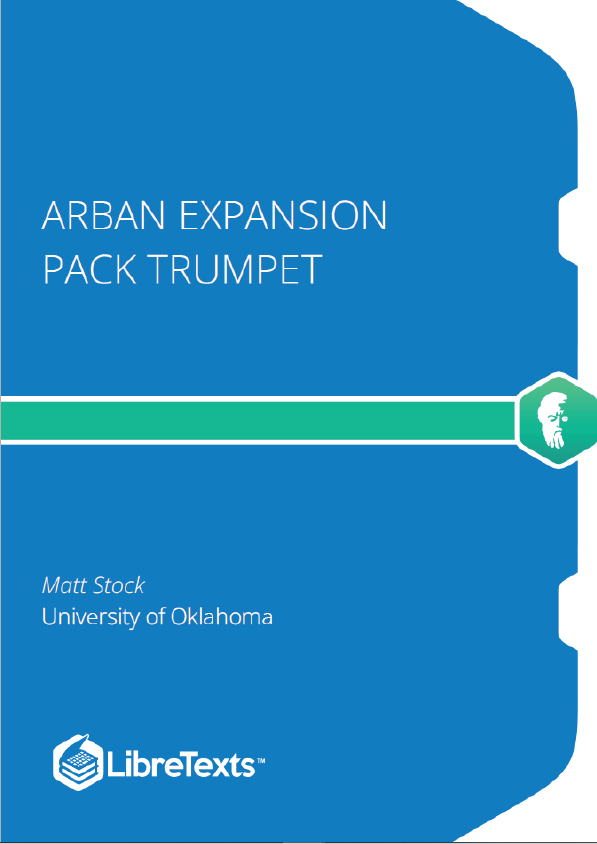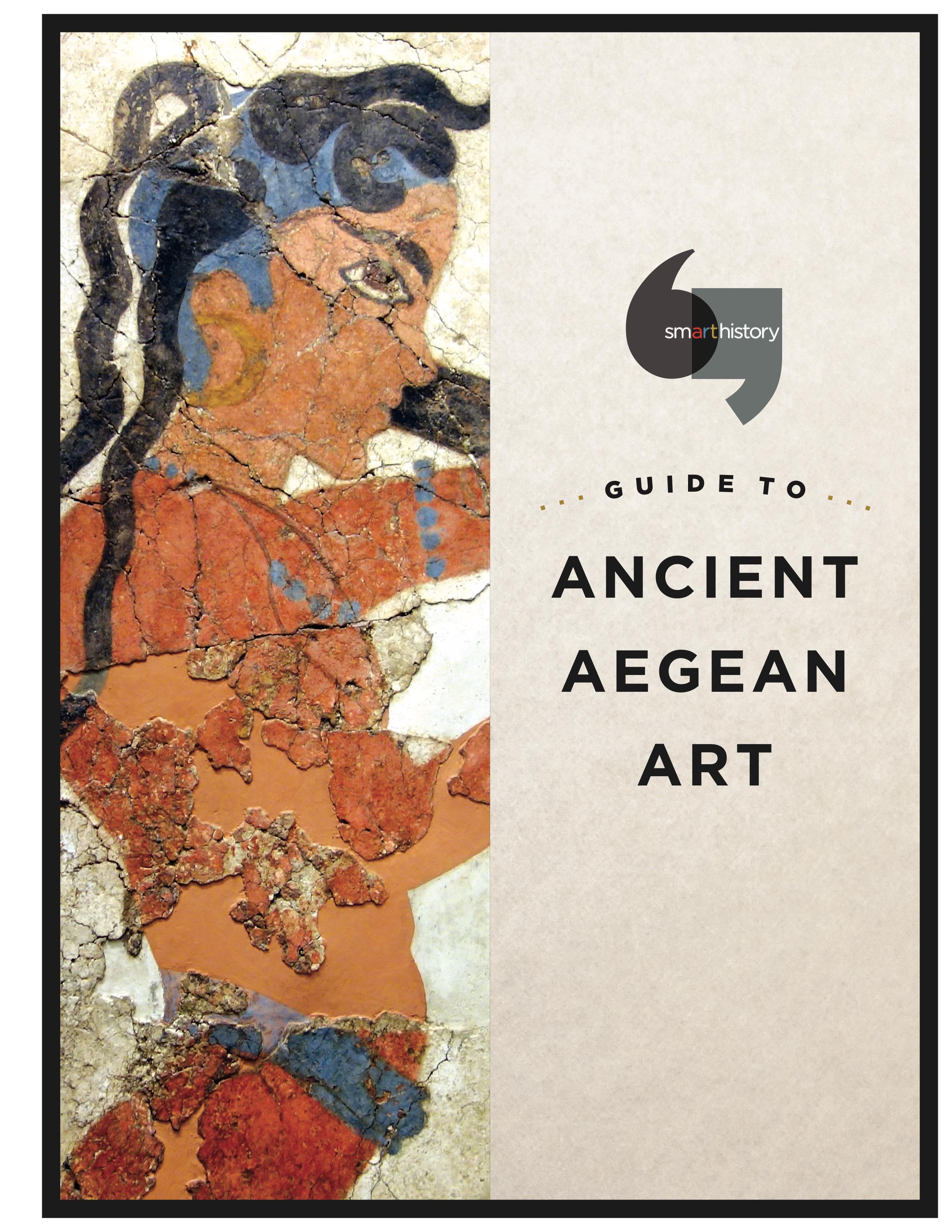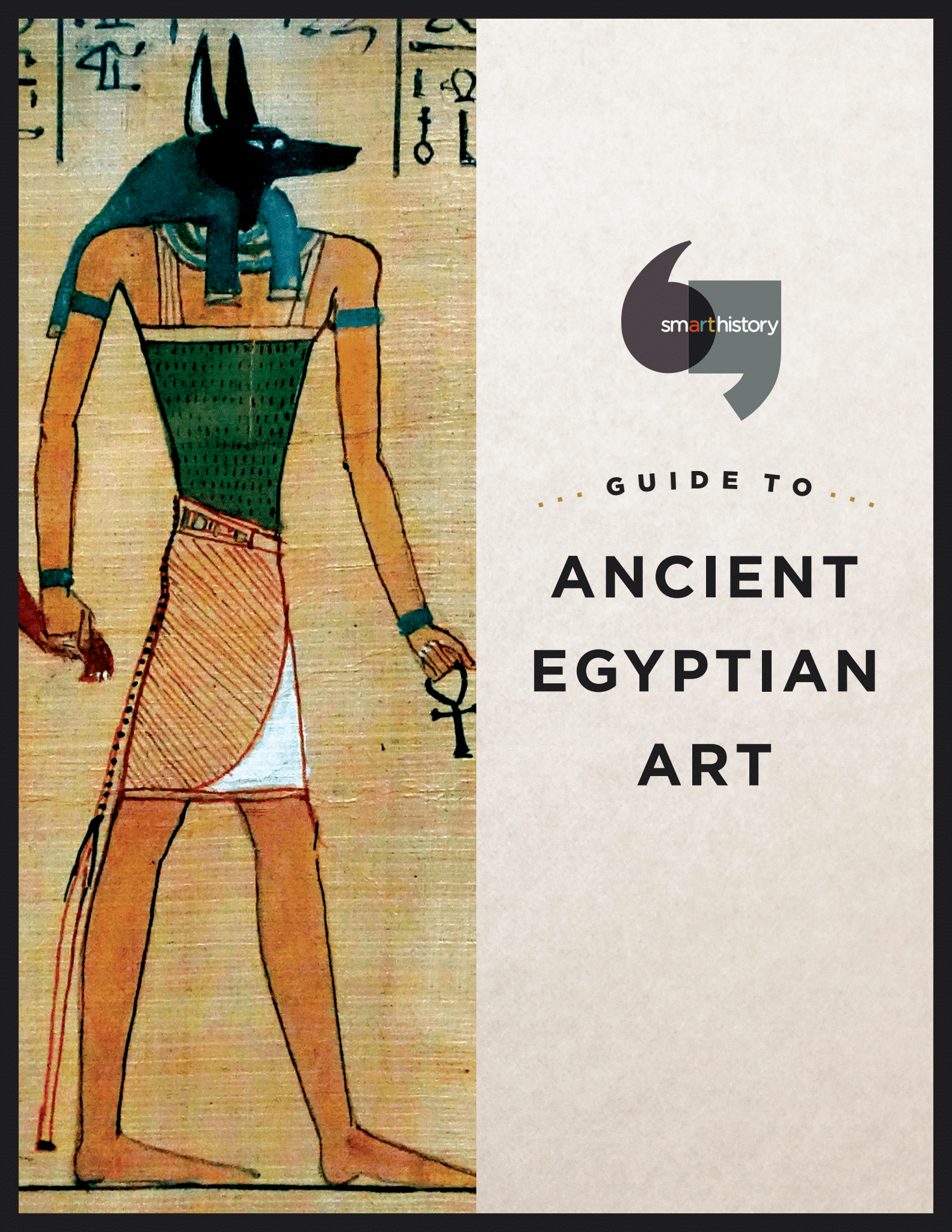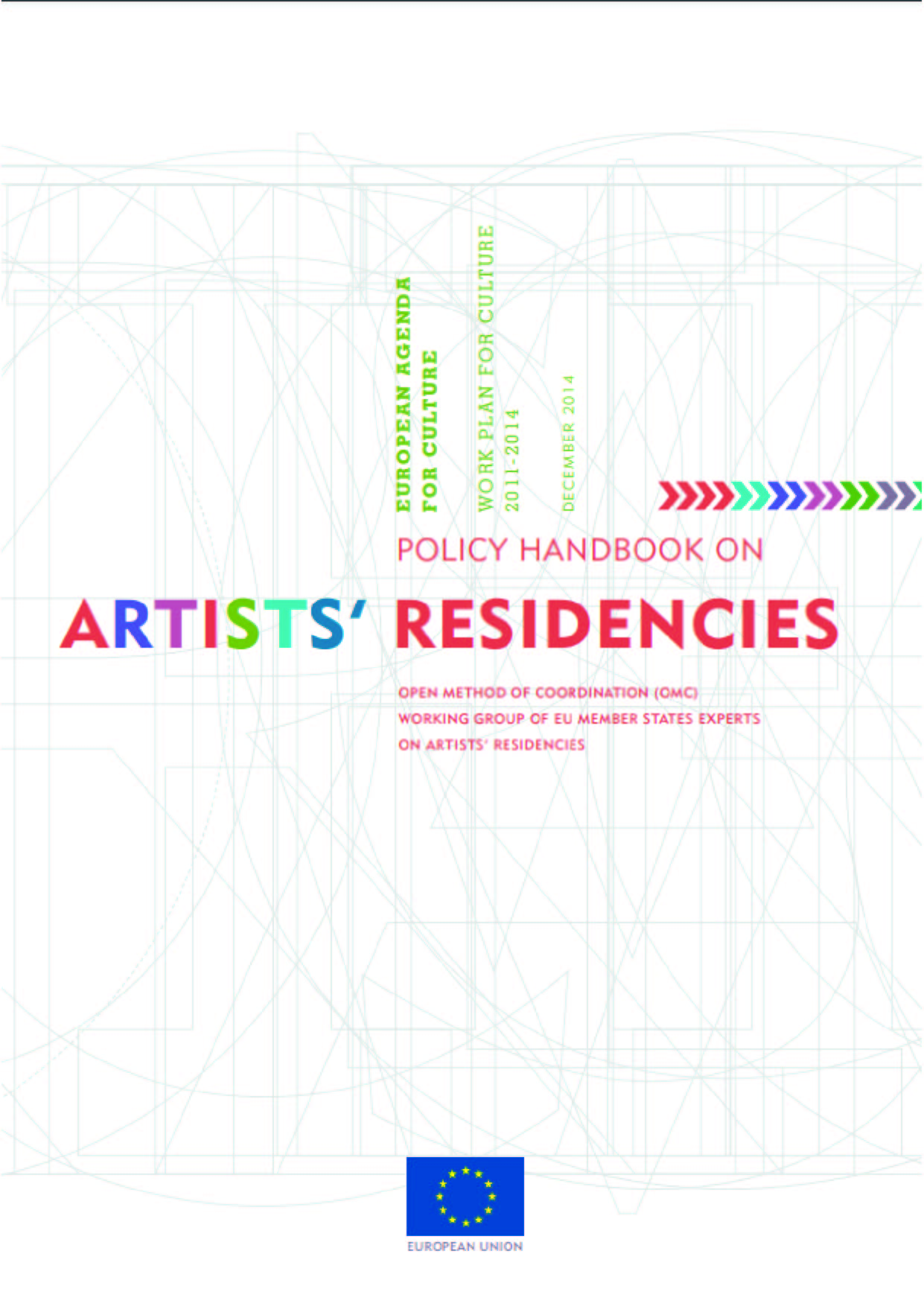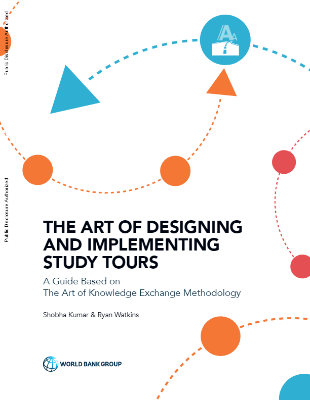Matt Stock received his undergraduate degree at the University of Arkansas in Fayetteville and his education playing trumpet with a popular dance band in the area. After completing a Masters of Music degree in Musicology and a Master of Library Science at the University of North Texas he spent several years at the Lewisville Public Library (Texas) as the Adult Services Supervisor. Joining the University of Oklahoma Libraries as Fine & Applied Arts Librarian in 2004, he currently holds the rank of Associate Professor and serves as the liaison to the College of Fine Arts and the College of Architecture. He holds a Doctor of Musical Arts degree in Trumpet Performance from OU and continues to perform in the Oklahoma City area. His research has appeared in both library science and music journals and he has presented at the International Trumpet Guild’s annual conference.
First published circa 1859 Jean-Baptiste Arban’s Grande méthode complète pour cornet à pistons et de saxhorn is an integral part of the practice routines of trumpeters around the globe. The First Studies, which stress an even tone and attack in the middle register are among the most frequently assigned exercises in our studies. This book expands on Arban’s work by presenting these exercises in tonal patterns that we frequently encounter in music of the twentieth and twenty-first centuries. Although the initial inspiration for this project was second-hand accounts that several of William Adam’s well-known students practice Arban’s exercises in various modalities, I make no claim that these variations are the exercises they do. These are simply my own application of the same concept. Courtesy accidentals have been deliberately omitted. While they may help with the initial reading of an exercise, in my own practice I came to realize that there are more benefits in learning to truly hear the pattern rather than relying on courtesy accidentals to remind me which valve to push. At first glance this may seem to be an overwhelming amount of material. Please remember that there are only two whole-tone and three diminished scales. Once their sound is learned it is simply a matter of applying the new sound to the familiar exercise. It is advisable to play the original version of an exercise as well as the alteration to serve as a reference point for tone quality, articulation, and fluency.
